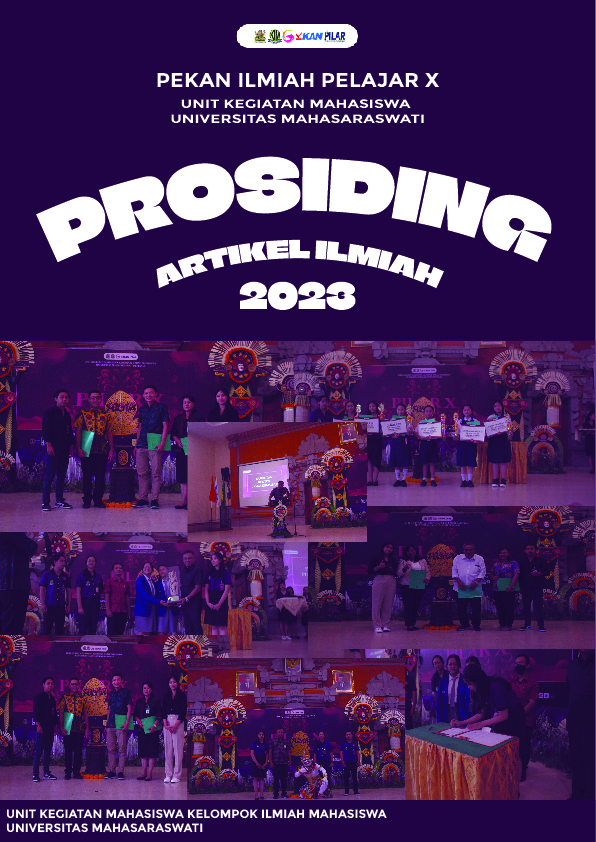PEMANFAATAN DAUN TERONG TAKOKAK DAN LIMBAH ELEKTROLIT BATERAI BEKAS SEBAGAI PEWARNA BIO ANORGANIK PADA KERAJINAN LOKAL SOKASI GUNA MENUNJANG PEMBANGUNAN EKONOMI BERKELANJUTAN UNTUK MEWUJUDKAN INDONESIA EMAS
Kata Kunci:
bio-inorganic dyes, sokasi, large chili eggplant leaves, battery electrolyteAbstrak
The need for dyes, which of course are cheap, the ingredients are easy to find in everyday life, easy to make so as to reduce the cost of producing sokasi crafts is very necessary. Therefore, one of the innovations that can be carried out is to develop bio-inorganic dyes from large chili eggplant leaves and used battery electrolyte waste. The purpose of this study was to determine and describe the color stability of bio-inorganic dyes against temperature and washing, as well as the results of organoleptic tests from the use of large chili eggplant leaves and used battery electrolyte waste as bio-inorganic dyes in local sokasi crafts to support sustainable economic development to realize Indonesia Gold. This research is a descriptive study that focuses on determining the color stability of bamboo rope coloring using bio-inorganic dyes at variations in temperature and washing and knowing the level of acceptance of respondents. The results showed that the bio-inorganic dye, which is a combination of large eggplant leaves (Solanum torvum) and used battery electrolyte waste, has very good stability at 20oC-60oC and also has very good stability against washing. Furthermore, this bio-inorganic dye was well received by the respondents with an acceptance index of 90% for color and 89% for texture. Thus, bio-inorganic dyes from eggplant leaves and used battery electrolyte waste can be used as an alternative to dyeing bamboo rope for making sokasi crafts.

